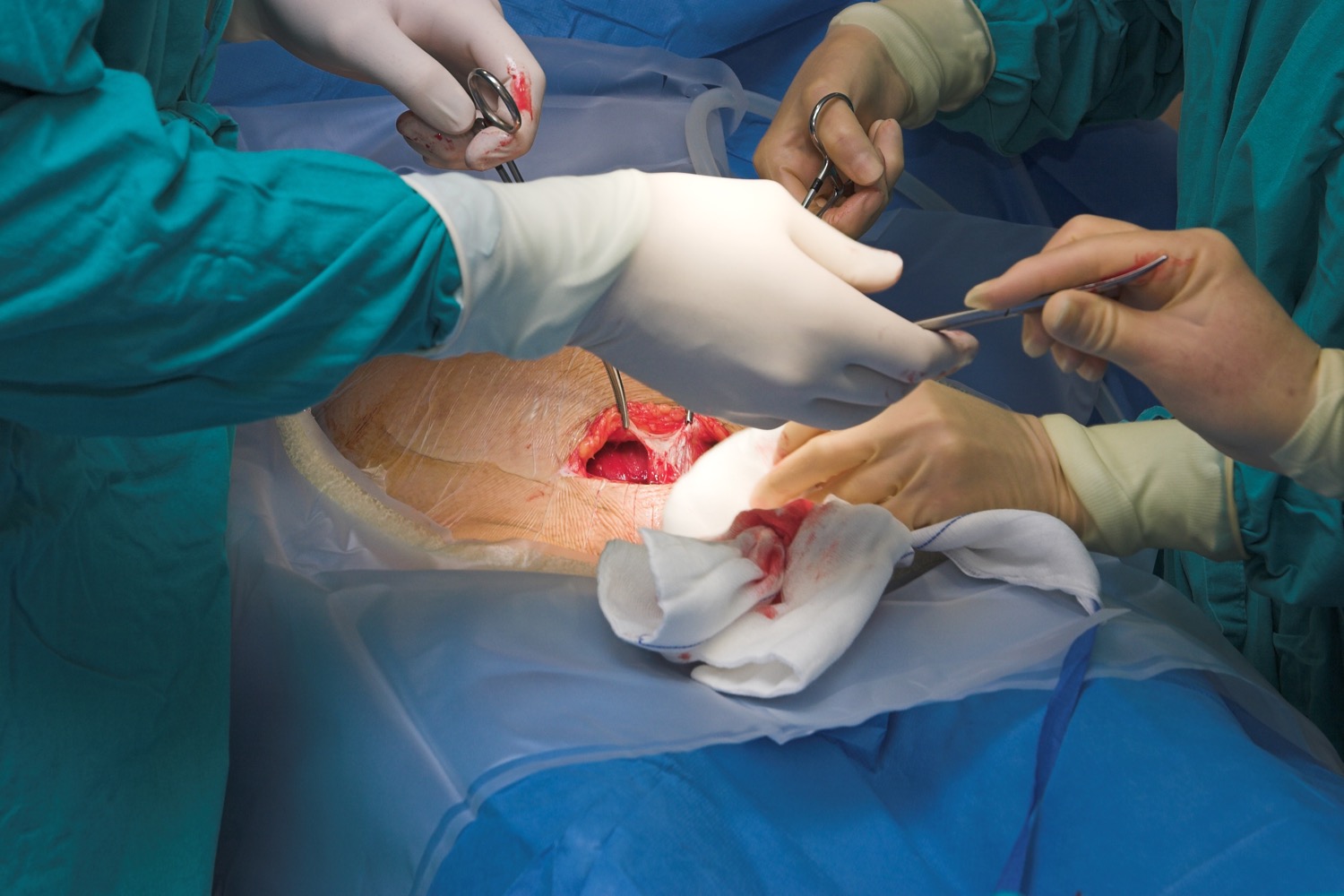Zika infections in the US have taken sharp uptick of late, presumably due to the weather and mosquito activity. Zika infections in American pregnant women now number around 300, the largest number of which are located in Puerto Rico. Numbers are also up since the initially reported numbers did not reflect asymptomatic infections, which can affect fetuses as well. The CDC ( Centers for Disease Control) estimate about 80% of Zika virus infections are asymptomatic.
The Zika virus is transmitted by mosquito bite and by sexual contact. Consumer Reports has studied the so called natural mosquito repellants and, sadly, found that they last no more than an hour. DEET is much more effective, and has been found to be safe in pregnancy.
The CDC and Harvard Public Health have analyzed preliminary data. Women who get Zika in section in the first trimester have about a 13% chance of having a baby with microcephaly. The background incidence of microcephaly is on the order of .02 to .12% in the US. So far, it appears that infection in the second or third trimesters is not as consequential.
I wonder if Zika related brain damage is either present or not present, versus a spectrum of damage. If it is spectrum, what do the other 87% of babies have that we should know about ?
The CDC director has made an impassioned plea to Congress. The House and Senate each have separate Zika funding plans, but they cannot agree. Meanwhile days could make the difference as summer approaches.
A new study out of U Penn indicates that pregnant women who use marijuana increase their risk of preterm labor by five times. I am more interested in what it may be doing to the brain of both the mothers and the babies, and would be glad to see more research done on this important topic.
The whole pelvic mesh situation is seemingly going from bad to worse. Mesh sheets are used in surgery to reinforce tissue. Various types of mesh in sheets or ribbons are used for hernias and for urinary incontinence. Johnson and Johnson developed mesh for use in pelvic prolapse patients. However, complications started arising including migration or erosion of the mesh. People were indeed injured, and lawsuits arose. Washington and California are filing lawsuits against Johnson and Johnson, alleging that the company misrepresented the risks of its use.
Now some of those same pelvic surgeons who installed mesh are removing it. Is is fitting and customary for a surgeon to handle any of her or his post op complications However in this instance, American Medical Systems has recently alleged that some physicians and lawyers are “ persuading” women to remove their mesh implants in order to make money and inflate damage claims. They also explain that there are now lending companies who work with physicians to fund these mesh removal cases. For shame !!! I will be following this story closely.
I have used Monarc “ ribbon” to suspend the bladder to help incontinence. It has an acceptable complication rate. However, years ago, when a fellow doctor friend of mine and I went to get trained on Monarc insertion, we were also asked if we wanted to train on mesh. I distinctly remember that moment when she and I looked at each other and made bad faces. It gave us both the creeps. We said no because our gut impression told us it seemed prone to complications. Lucky guess. Or maybe it was that the idea of having a piece of screen door sewn just under your vagina skin did not sound OK to us.
The Republican Governor of Oklahoma Mary Fallin has ignored the party line, and vetoed the recent bill making abortion a felony. This brave politician described herself as “ the most pro-life governor in the nation” but vetoed the bill on the basis that it was “ambiguous and vague" and “ would not survive a constitutional challenge” , i.e. it would be illegal. The Governor was under great pressure from the Christian right to pass the bill. She also received information and pressure from the Oklahoma State Medical Board, the American College of Obstetricians and Gynecologists (ACOG), and the Center for Reproductive Rights.
Acting this presidential could get you a nomination. Similar bills are being put forth in South Carolina and Louisiana.
Many of you have read my rants about various and sundry public health generated guidelines about women’s health screening tests. These would include mammograms, paps, annual exams and the like. My rants have generally been about the more lax approach seen by generalist governing bodies like the American College of Physicians, and the American Academy of Family Physicians. ACOG guidelines are more stringent, and I believe this is because we rely on more rigorous data produced by specialists in the field. Even so, generalist guidelines hit the press just the same as ACOGs, and it is difficult for a layperson let alone a community physician to understand why the recommendations are so different.
As an example, ACOG believes the evidence supports mammograms in the 40s for women of average risk, whereas the American Preventive Services Task Force does not advise them until the 50s. In a nutshell, this is because the APSTF did not choose their study endpoints in the most meaningful way. Their harms included trivial things like fear of mammograms, and their endpoint was death rather than years of life. The public and many providers were thrown into confusion.
Fast forward to the present for some good news.. ACOG will now be partnering with these same organizations to develop what will hopefully be an evidence based rigorous set of Women’s Preventive Services Guidelines.
Stay tuned for more news next week on Medical Monday.





















